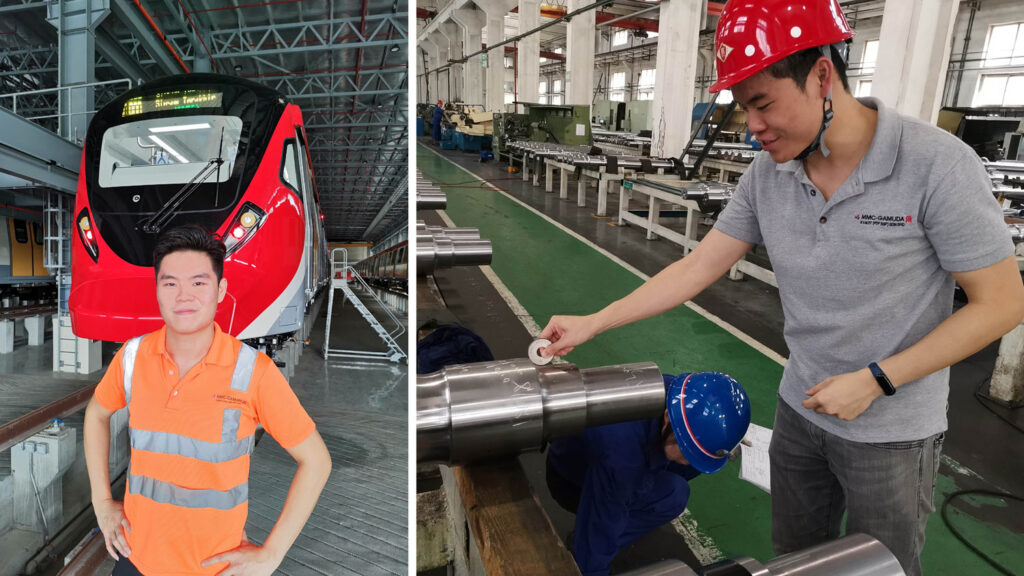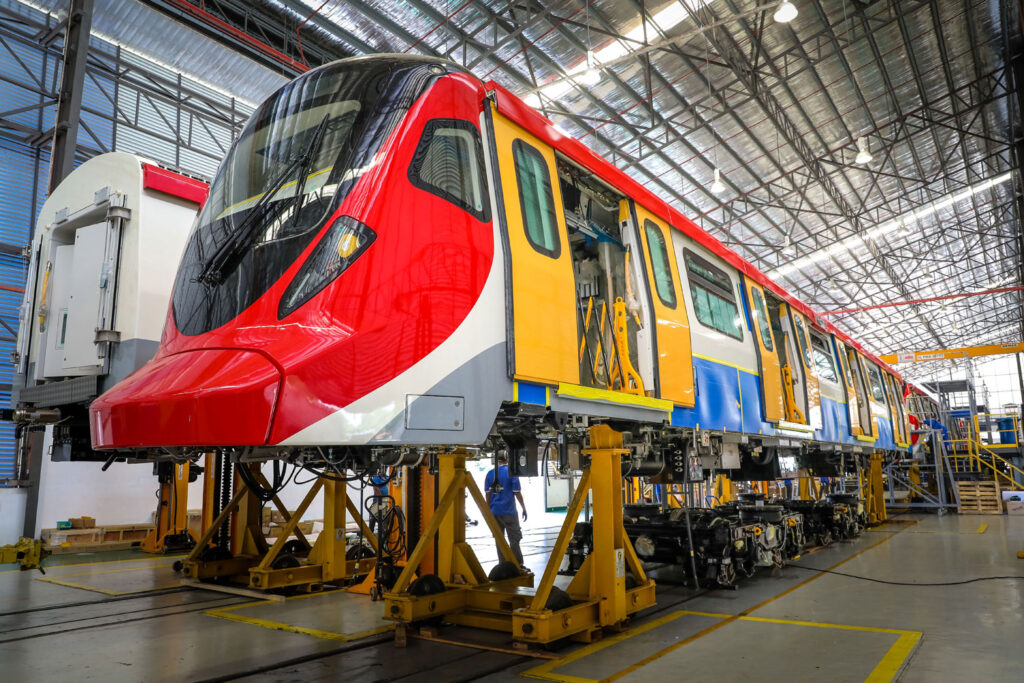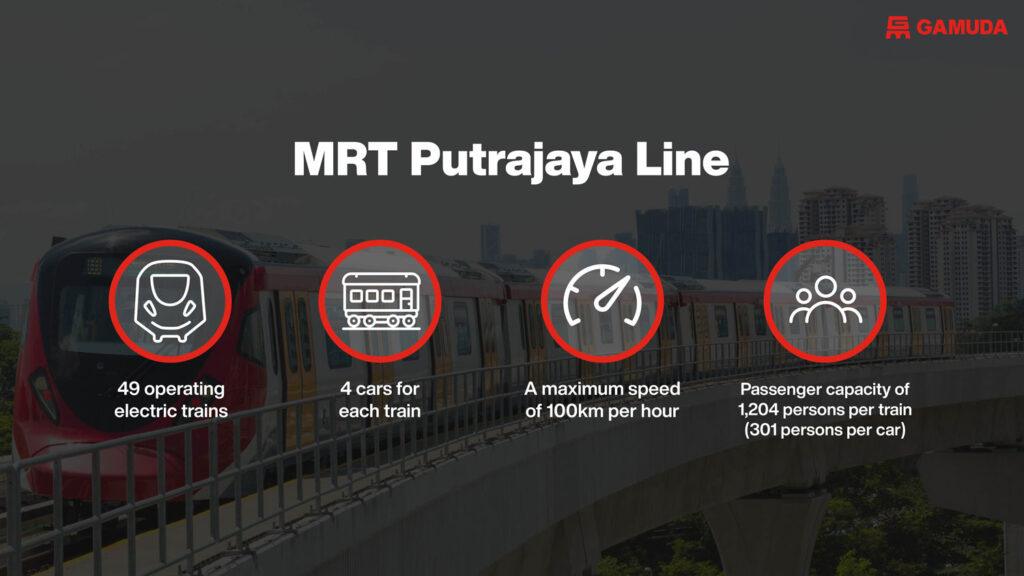From Factory to the Tracks; Where Do Our Trains Come From?
A railway line is often more complex than meets the eye. To create a fully automated and operational rail network, different railway systems must work in-tandem to execute on complex and synchronised actions. Such systems include signalling, communication, power and even the train set itself is considered a system. As such, the role of railway systems engineering is to combine all of these systems into a network and ensure that all of them are working together simultaneously. Only with these systems operational, can the railway be fully functional and deliver safe and smooth train services in all phases of its life cycle.
Due to the complexity of this network of systems, specialised systems engineers play a crucial role in the success of the project. Fortunately, we have a team of dedicated and passionate individuals whose tasks revolve around ensuring these systems operate as they should. One such person is Jonathan Chen, a Senior Systems Engineer in the Rolling Stock department.

Jonathan’s day-to-day tasks include overseeing the safe migration of trains to the depot, execution of testing and commissioning activities, and ensuring the project progress is geared towards its timely completion. Jonathan’s close to seven years of career at Gamuda, which he began as a Gamuda Scholar, has equipped him with the technical know-how required for a project as big as this. In our conversation with Jonathan, he shared what goes into making sure this project succeeds and a behind-the-scenes look at what his job entails.

For the MRT Putrajaya Line, individual components that make the trains are shipped from all over the world, with the majority of them coming from China and South Korea. The train car bodies, doors, windshields, windows, passengers seats, gangways and interior panels are custom-made, and shipped to Malaysia for assembly in a factory at Rasa, Hulu Selangor. Once each train car has been successfully assembled and tested, it will then be sent to the designated depot via four multi-axle trailers. Once at the depot, they are then slowly winched down to the track at the Train Delivery Slab (TDS) and coupled together to form a four-car train set.

The assembly stage is just the start of a complex train system process. The trains then undergo rigorous testing to ensure their optimal functioning condition, system integration and interfacing work. The trains need to meet the highest standards in terms of safety, braking performance, ride quality, structural strength, crashworthiness and maintainability. As such, multiple tests need to be carried out at different stages of the project before a train can be commissioned, such as the Partial Acceptance Test, Systems Acceptance Test, System Integration Test, and Fault Free Run. These tests are necessary to ensure that all systems meet the international railway requirements and are safe for the passengers.
Regarding system integration and interfacing work, Jonathan stresses that different systems need to work well with each other seamlessly. For instance, the signalling system, which is a set of automated instructions sent to the trains, needs to be integrated with the trains in order to control the movements of trains from the Operation Control Centre (OCC). Its application allows the trains to move according to their schedule. When a train arrives at a station, the train doors open in synchrony with the platform screen doors.
In speaking with Jonathan about the challenges he had faced during the project, he stated that the biggest challenge was communication. Due to the scale and complexity of the project, communication with various people, teams and departments is a top priority. This challenge is further amplified with social distancing Standard Operating Procedures (SOPs) implemented due to the ongoing COVID-19 pandemic. Despite that, Jonathan and his team have shown great capacity to adapt their practices and seek new ways to improve communication through a series of trial and error. This means making conscious efforts to provide updates periodically and keeping channels of communication open at all times.
Despite the obstacles faced, Jonathan maintains his love and passion for the role he has in Gamuda. His passion for project management as well as being part of building and managing a national mega infrastructure project brings him a great sense of pride. He is grateful to be able to positively impact the lives of other Malaysians.
Right now, Jonathan is looking forward to the future of MRT Line 3. As a young engineer working in a niche division of the industry, he expressed his fair share of qualms on the limited job opportunities he would have outside of rail projects. Hence, he is especially hopeful for the opportunities the MRT Line 3 could provide to local talents, remarking the multiplier benefits the KVMRT Project brings to the nation and the years to come.

